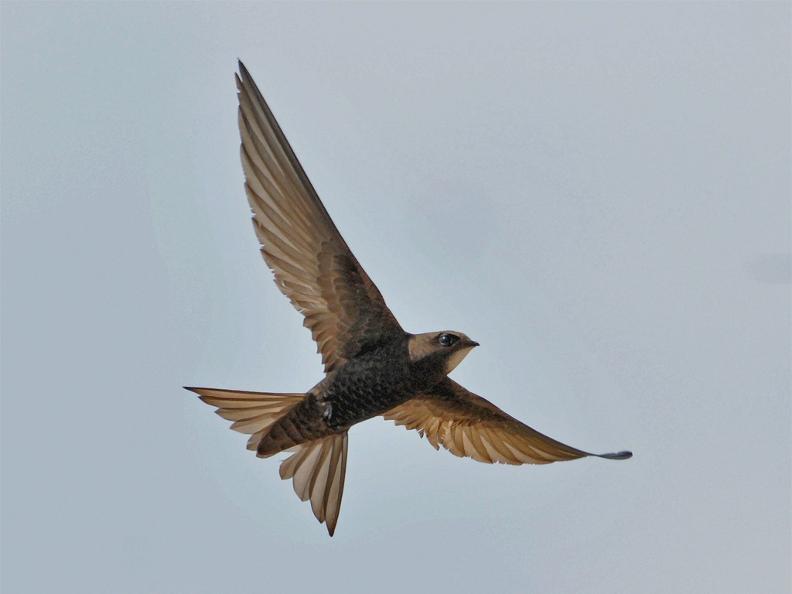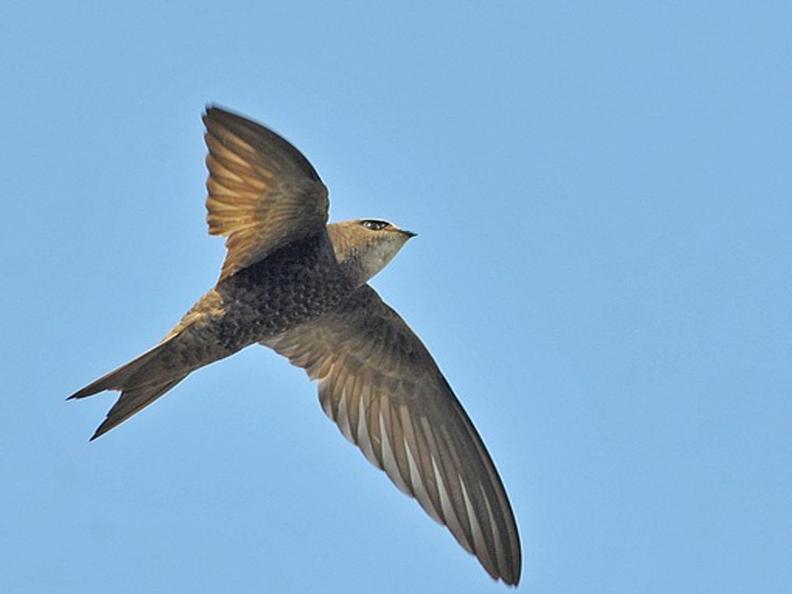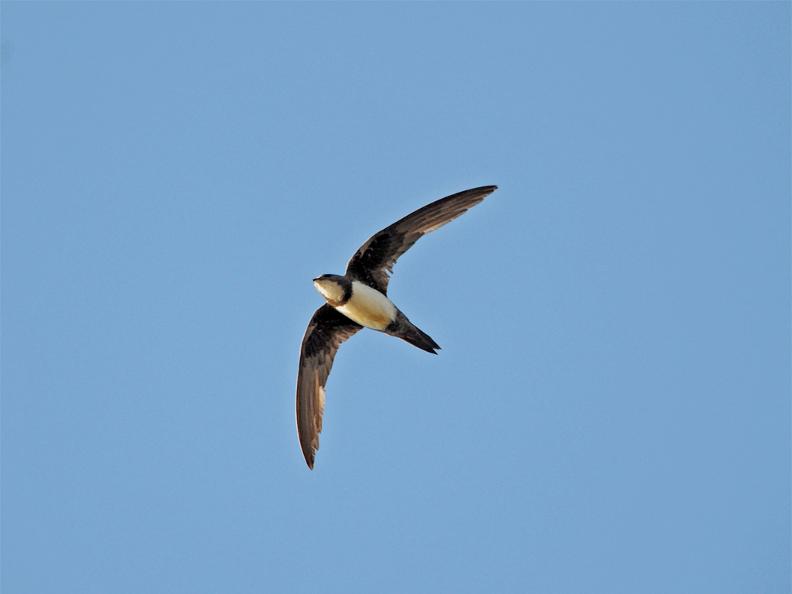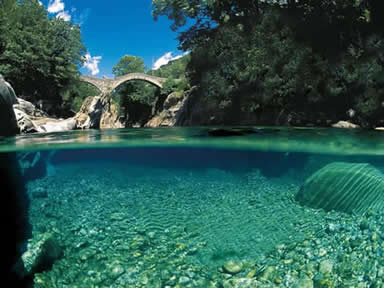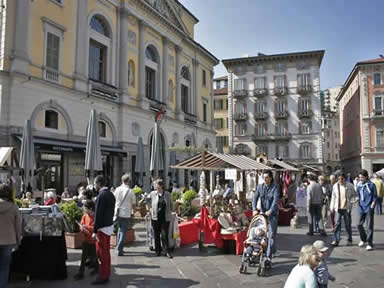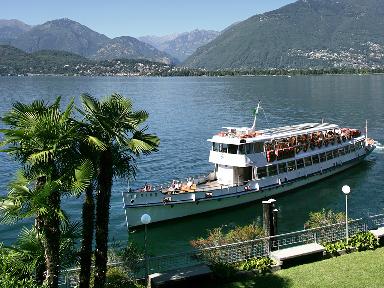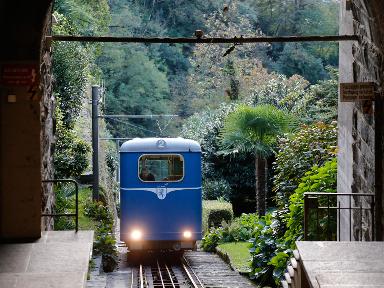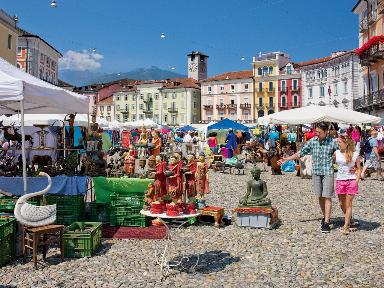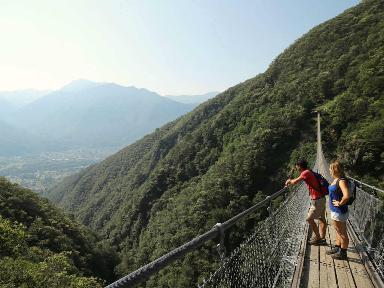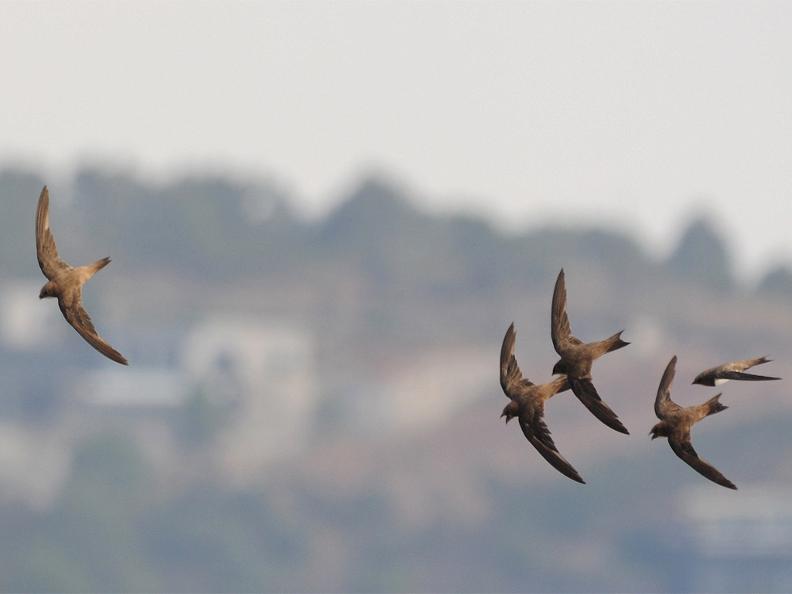
Didactic nature trail about urban biodiversity
The Swift Trail
The heart of the city of Locarno shelters three different species of swifts, a unique situation in Switzerland. Every spring hundreds of swifts return from West, East, Central and South Africa to raise 2-3 fledglings in wall cavities and underroofs of the historic centre of Locarno. Swifts remain particularly faithful to their nesting sites. They return to their nests throughout their lives and repair them all along, even over more than 20 years. This close relationship with buildings is a threat for Swifts and entails great responsibility. Their nesting sites depend entirely on human construction activities. The pigeon defense measures and the modern construction methods don’t sufficiently preserve the already existing breeding colonies. The resulting loss of countless nesting sites has led to a severe decline of swift populations in Switzerland and Europe. For these reasons all three species of swifts are listed as near threatened (Common and Alpine Swift) and vulnerable (Pallid Swift) in the Red List of breeding birds in Switzerland. They are cantonal and national priority species for the conservation support measures.
A nature trail among lively historical monuments
The theme trail is located in the heart of the Old Town and connects within a few minutes walking distance historic monuments with colonies of swifts. The resident breeding colonies have been saved thanks to specific conservation measures. The tour is equipped with 4 information panels and allows a fascinating insight into the lives of various swift species and the facts that make the protection of these species necessary. The concerned colonies are unique for the town, the region and Switzerland. The church of San Antonio hosts the only Pallid Swift (Apus pallidus) colony in Switzerland, as well as the largest Common Swift (Apus apus) colony with more than 100 individuals. The Municipal tower, symbol of the Piazza Grande, harbours the largest Alpine Swift (Apus melba) colony of Locarno, and the church of San Francesco with its Common Swift (Apus apus) colony is a very nice example of sustainable historic facade restoration.
When to go birding?
Swifts love the proximity to their conspecifics. They gladly breed in large colonies and make themselves noticeable from June to July through remarkable flight games and cheerful cries around the breeding colonies. To better appreciate them and make beautiful observations it is best to visit the trail in the morning hours from 8:30 to 12:30 and in the evening from 19:30 to 21:30.
For further information and guided visits:
Lidia Mermoud
[email protected]
Taschenführer sind in den Touristen Info Points Ascona - Locarno
auf Italienisch, Deutsch, Französisch und Englisch erhältlich. Sie können auch unter [email protected] reserviert werden.
Photograph: Bruno Sommerhalder
